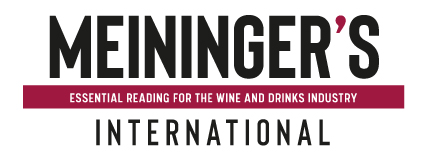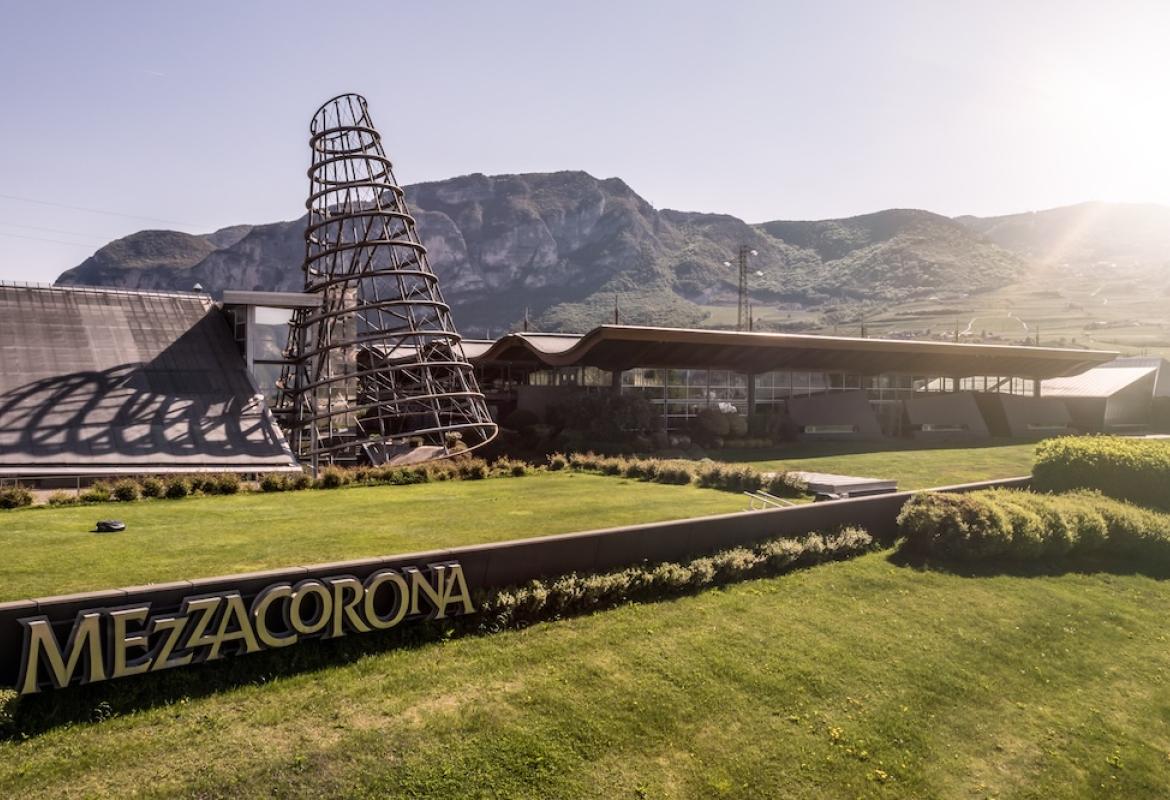Until very recently, serious ‘fine’ wine came in two colours: red and, very secondarily, the shades of yellow the industry prefers to call ‘white’.
Over the last decade, that has changed. Ambitious restaurant lists across the world now have growing selections of increasingly ambitious rosé and orange or amber skin contact wines. If this trend continues and spreads into broader retail — and there seems little reason for it to stop — much credit will have to go to Gérard Bertrand, the southern French winemaker and former rugby star who has invested a lot of effort into both styles.
The renaissance of rosé
First came the rosé. The foundations had admittedly already been laid by a few producers in Provence, most especially by Sacha Lichine with his super-premium Garrus and widely distributed Whispering Angel, and by Brad Pitt, Angelina Jolie and the Perrin family at Mirabeau. Bertrand’s originality lay in promoting pink wine from the nearby, but far less starry, southern French region of Languedoc. Like Lichine, Bertrand understood the value of claiming the high ground and the publicity and attention that comes with it. So, where Lichine had played a king by launching Garrus as the world’s priciest rosé with credentials that included the involvement of a former Mouton Rothschild winemaker, Bertrand pulled out an ace with an even more costly barrel-fermented effort called Clos du Temple from a small walled vineyard with Roman origins in the little-known appellation of Cabrières.
With a price point of around €200, the launch of the inaugural 2018 vintage was seen as audacious, especially by a conservative wine establishment that might have begun to acknowledge what was happening in Provence but had no expectation of anyone being able to achieve the same kind of success in Languedoc. But Bertrand doesn’t do things by halves. His aim was “to make a rosé that enters the domaine of the great wines of the world”. This explains the care taken to select 12 hectares of spectacularly-situated vineyards, with 40 to 80-year-old vines of five grape varieties. But, as Bertrand continued, it also explained the price. “I looked at other great wines,” he said. “Price is positioning. We made it clear that our wine was special and wanted it to be in the same universe as wines like Vega Sicilia.”
But, if this was Bertrand’s ambition, how did the wine live up to it? Would it age like a great white?
The fruits of ambition
Five years after launching the 2018 — Bertrand addressed the issue head-on in May, by hosting a lunch at his favourite Paris restaurant, Guy Savoy, with all of the five vintages he has put on the market. Present was a select group of top Gallic journalists along with a few US lifestyle writers based in the French capital.

Savoy had created a set of dishes that were devised to avoid overshadowing the wines and it was acknowledged that Clos du Temple was behaving like a fine white wine. Each vintage had a character of its own, they were all fine partners for the food and the oldest showed every sign of having a lot further to go. If it was fair to question whether they were worth $200 a bottle, the same would apply to a significant number of white Burgundies. In any case, the market seems to have embraced Clos du Temple. “We made 6,000 bottles in the first year. Then we made 11,000 and last year the figure was 40,000.”
While the talk at the lunch was almost exclusively about Clos du Temple, as a former top-level team player, Bertrand understands the need for a well-coordinated effort.
So, apart from his superstar rosé, Bertrand is now producing around 20 other pink wines. Whatever anyone is looking for — organic, zero sulphur, single-variety, single-domaine and even celebrity in the shape of Hampton Water, a joint venture with the singer Jon Bon Jovi — there is something on offer.
Thanks to the efforts of France’s producers — and a few in Spain whose wine goes into popular ‘European’ blends with French brand names — rosé has already won the war in France’s supermarkets where its sales have now overtaken white. Now, the challenge lies in gaining higher status.
Will rosé ever be considered fine wine?
Rosé, Bertrand declared, is “a wine for wine enthusiasts and casual wine drinkers, but it deserves to be treated as ‘real wine’, as opposed to the ‘little wine’ status it used to have.”
The following day, in another chic Parisian venue, Bertrand hosted another, very different, event. This time, a larger number of invitees, including media from other countries, had been invited to attend a conference on orange wine. Bertrand’s range of these is smaller, with the super-premium Villa Soleilla which sells for €165, being supported by the organic Orange Gold and Genora, the zero-SO2 Naturae, and Domaine de l’Estagnère. Collectively, they represent sales of a million bottles a year. Were these, Bertrand rhetorically asked, part of a passing fad, a “shooting star”, or had they broken through into the mainstream?
The French speakers, who included representatives from the big French retailers, Nicolas and Carrefour, believed that orange wine has certainly created a solid niche, but these are early days. Sales in Carrefour, which has been selling orange wines for three years, have been “very weak. So far”.

Most retailers, like Carrefour, only have one or two examples, and finding even these on shelves outside major cities is not easy. Expectations for growth globally are relatively modest too, with the value of the US orange wine market as a whole predicted by Fact.MR to hit $67m in 2032, a little over half the revenues of bourbon barrel-aged wines in 2019.
Prospects for France seemed rosier, however, at least according to research conducted by Maïder Beffa of Viavoice that was presented at the conference.
The challenges of orange wine
While only 23% of French wine drinkers had heard of orange wine — a figure that rose to 34% in Paris — 81% were, she said, interested in trying it. Most who were aware of it had heard of orange wine by word of mouth, through friends. Around half as many had been introduced to it by press, online and specialist retailers, with 15% getting their introduction in a restaurant and 10% from a producer, quite possibly at a wine fair.
The challenge for orange wine, Bertrand believes, lies in getting enough retail space for shoppers to give it attention. Having one or two examples doesn’t work, he says. They get lost in the jungle. What’s needed is for a retailer to have the courage to take on a range of these wines, as the SAQ has done in Canada. The Quebec monopoly has listed no fewer than 50, which has led to restaurants in the province offering 10 or 20 to their customers.
Finding a better name
Orange wine, Bertrand also acknowledges, faces a few more hurdles than rosé. First, there’s the name. Calling it ‘orange’ as he and others do, runs the risk of confusion with wines made from citrus fruits. ‘Amber’, the word used in the title of a book on the topic by Simon Woolf, has yet to be widely adopted, while technical terms like ‘maceration’ and ‘skin contact’ have little resonance with non-wine professionals.
OIV bureaucracy
Then there’s the small issue of OIV bureaucracy. Until the global body recognises orange wine as a ‘thing’, the Nordic monopolies apparently cannot treat it in the same way as they do grape varieties and appellations. Even in France, orange wine stands outside the appellation system, which is why Bertrand’s Villa Soleilla is regularly, by far the priciest wine on the Vin de France stands at trade fairs.
Associated with the question of legal recognition, though Bertrand did not address it directly, is how to define orange wine.
Defining the style

Most people’s first encounter with skin contact whites until relatively recently will have involved examples made in qvevri amphora in Georgia, or possibly Slovenia. Many of these wines are non-aromatic, because of the nature of Georgian grape varieties, and the length of time the wine remained on the skins. Today, even in Georgia, those durations are often far shorter and producers there are making orange wines in stainless steel and, in the case of Tbilvino, exporting one to the Wine Society in the UK.
These new wave Georgian wines that are now bottled young and sold inexpensively in 5-litre containers in the domestic market don’t fit Bertrand’s ideal for the style. “Orange wines need elevage, ageing, of at least 12 months for their colour to develop and tannins to soften. That’s why they have to have a premium price.”
Apart from varying sugar levels, buyers of rosé run few risks of unpalatable surprises. Some will be fruitier; others, like Clos du Temple, will be closer to white in style, but none will be unlike anything they have had before.
This is far from the case for orange wine, which runs the gamut from fascinating and well-balanced like Bertand’s Villa Soleilla and Domaine de l’Estagnère to tough and mouth-dryingly tannic, or the cider-like and ‘funky’ examples from some natural winemakers.
Making sense of all this and putting orange wines on more tables will be a far bigger challenge than inserting pink between red and white, but if anyone can help to make it happen it’s Bertrand who, looking back at its ancient origins in Georgia, really does seem to believe that “orange is not the last colour of wine. It’s the first.”
- Autrement Grenache
- Autrement Syrah
- Ch Aigues Vives
- Ch la Soujeole
- Ch la Sauvageonne
- Domaine de l’Estagnère
- Domaine de Villemajou
- Solar6
- Naturae Syrah
- Naturalys Grenache
- Cote des Roses
- Gris Blanc
- Source Of Joy Organic
- Art de Vivre
- Gold & Azur
- Sphère
- Prima Nature Grenache
- Prima Nature Syrah
- Change Grenache







